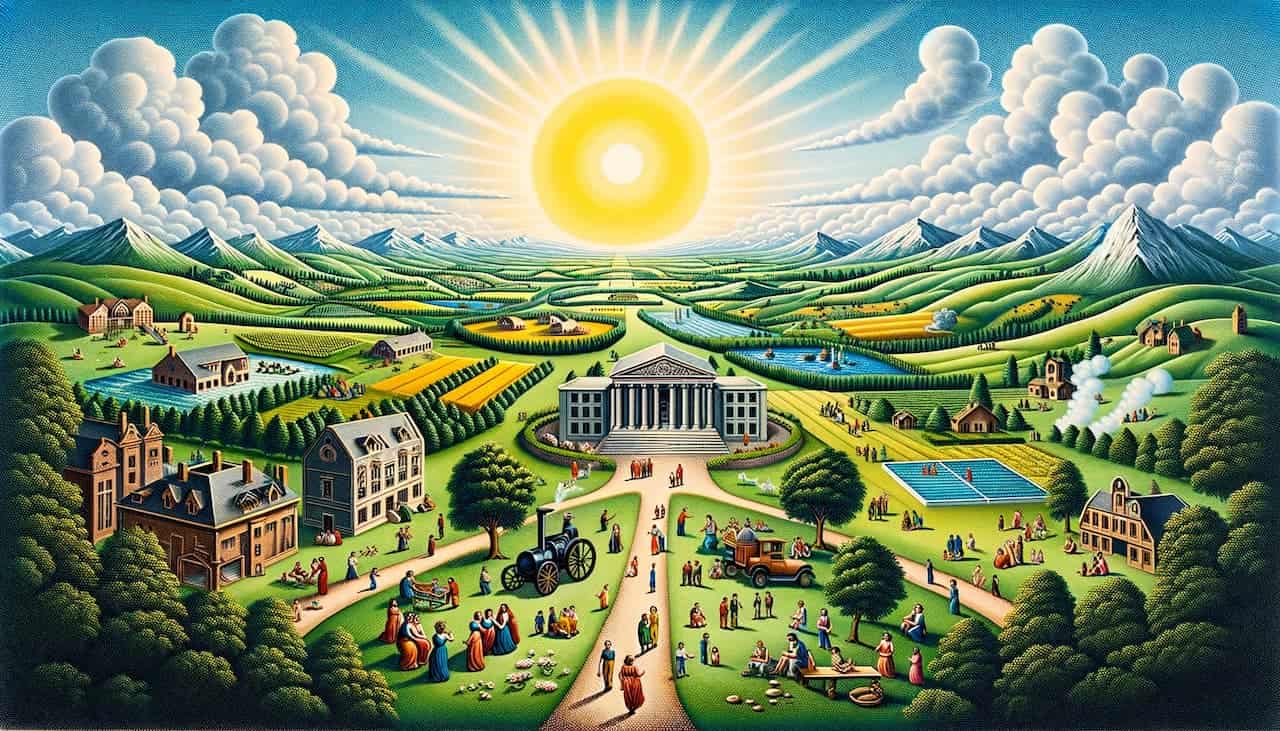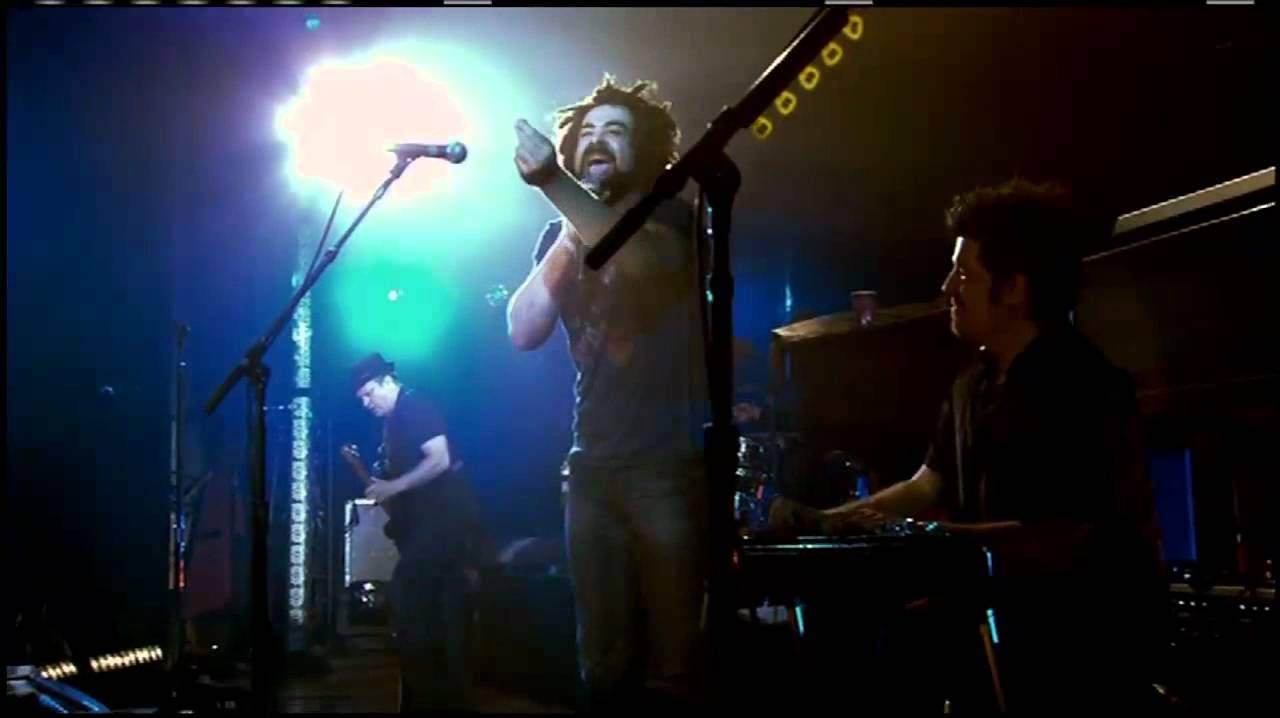To define utopia, we must look for the etymology given by Thomas More. “U-topos” means “no place, nowhere”. “Eu-topos” means “the good place”, it is therefore ambiguous.
Utopia has no real location, it is a vision, impossible to find. It is good, the world is perfect, and it represents a quest for perfection. Thus, how can we reach such perfection? More’s Utopia tries to answer this: in Book I, he describes the English system and institutions he wants to eliminate. Book II describes Utopia, the materialisation of the perfect world in the future.
Utopias are always prospective. It suggests that present-day institutions are dangerous and that we need to create a new system in the future. The characteristics of utopia are:
- Isolated
- Self-centred
- An island
It is a world that cannot be contaminated by the outside world, far away from corruption. The Protestant Reformation was fighting against the corruption of the Catholic Church. Andreae, a Protestant leader wrote Christianopolis. The second reason for the emergence of Utopia is America, for it was a world of perfection, uncontaminated by civilisation.
Utopia’s subgenre is dystopia. “Dys” means “bad place”. It is a counter model, the place we must avoid at all costs. Counter-utopia and anti-utopia are confusing. A counter-utopia is a model that tries to abandon an austere model.
Perfection is dangerous. Most 19th and 20th ideologies were inspired by utopias: communism, and fascism. They aimed at creating a perfect world. In the 1960s there was a strong response to the tyranny of utopians, with the libertarians and the hippies: they refused bureaucracy and forged an individualistic response to a utopian future – the community. Utopia is interested in a group, a mass of people but not individuals.
In the 16th century, there was a lot of interest in Thomas More’s Utopia because people were fed up with the regime, yet they did not see the problems.
The first utopia, Plato’s Republic, is a search for justice with a strong emphasis on community and property, and the abolition of money, gold and silver. Gold is used for chamber pots. The emphasis is on education and equality between men and women. We find the same features in Thomas More’s Utopia. Some ideas are acceptable, and some are not (like eugenics). Utopia endowed an implicit tyranny: while it means to make people happy, it contributes to their fall.
The concept of utopia
There have been many utopias, especially now that the definition is more precise. The definition depends on the ideological context. We can try to point out several concepts through centuries.



